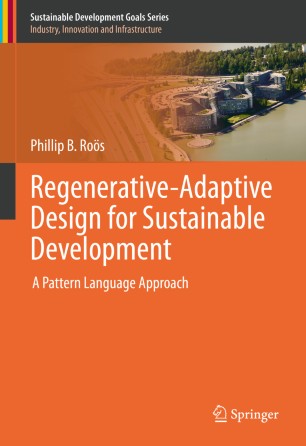

Most ebook files are in PDF format, so you can easily read them using various software such as Foxit Reader or directly on the Google Chrome browser.
Some ebook files are released by publishers in other formats such as .awz, .mobi, .epub, .fb2, etc. You may need to install specific software to read these formats on mobile/PC, such as Calibre.
Please read the tutorial at this link: https://ebookbell.com/faq
We offer FREE conversion to the popular formats you request; however, this may take some time. Therefore, right after payment, please email us, and we will try to provide the service as quickly as possible.
For some exceptional file formats or broken links (if any), please refrain from opening any disputes. Instead, email us first, and we will try to assist within a maximum of 6 hours.
EbookBell Team

4.0
56 reviewsIn this book, the author tests a regenerative-adaptive pattern language theory towards investigating the possibilities of a holistic, integrated design and planning method for sustainable development that incorporates the principles of regenerative design, as well as an adaptive pattern language that re-establishes our wholeness with nature, and considers the vulnerabilities of a changing landscape. The book examines an integral approach to contemporary theories of planning and design that explores the human-nature relationship patterns in social and spatial interconnections, between people and their natural environments. The interconnectedness of human and natural systems is used to scaffold possible solutions to address key environmental and sustainability issues that specifically address the need for patterns of behaviour that acknowledge the duality of ‘man and nature’.
In 12 chapters, the book presents a holistic, regenerative-adaptive pattern language that encapsulates how communities can better appreciate landscape change under future climate effects, and acknowledges the importance to adapt to patterns of change of place and the environment and therefore inform the communities’ responses for sustainable development. The application of the regenerative-adaptive pattern language was tested along the Great Ocean Road region of the Victorian coast in Australia. The concluding chapters argues that for human settlements and cities to be resilient and sustainable, we must understand the interconnected patterns of human-built environments and natural systems, and how we function in a social-spatial dimension with these. The book is intended for practitioners and academic scholars with interest in sustainable development, regenerative design, pattern languages, biophilia, settlement planning, and climate change adaptation.